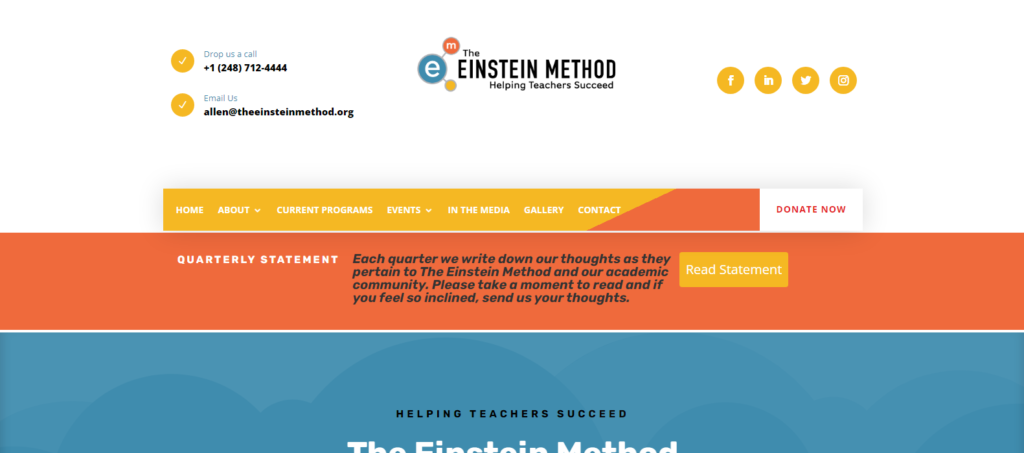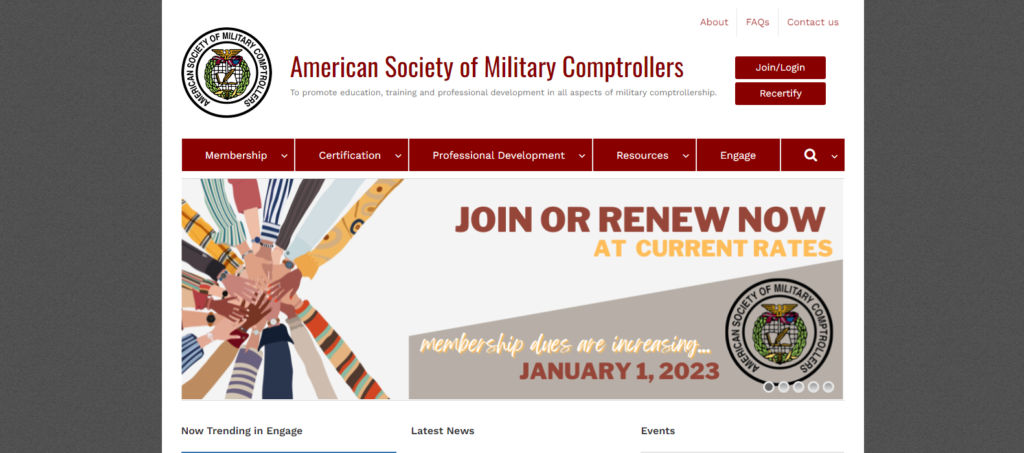Website Terminology Glossary
A/B Testing
A/B testing, also known as split testing, is a technique used to compare two versions of a web page or app to determine which one performs better. A/B testing can be used to test different elements such as headlines, images, colors, call-to-action buttons, and layouts to determine which variation produces the desired outcome, such as increased click-through rates or conversions.
Some common methodologies used in A/B testing include:
Randomized Control Test
In this methodology, a control group is randomly selected and shown the original version of a web page or app, while a test group is shown a variation. The results are then compared to determine which version performed better.
Multivariate Testing
This methodology tests multiple variations of different elements on a web page or app simultaneously, to determine which combination of elements produces the best results.
Sequential Testing
This methodology tests multiple variations of a web page or app sequentially, with each test building on the results of the previous test, to arrive at the optimal variation.
Bandit Testing
This methodology is used when there is a high level of uncertainty about which variation will perform best. It involves showing different variations of a web page or app to different users based on a probabilistic algorithm that adapts to the results as they come in.
A/B testing can be a powerful tool for improving website or app performance, as it allows businesses to make data-driven decisions based on user behavior and preferences. By continuously testing and optimizing different elements, businesses can improve user engagement, increase conversions, and ultimately achieve their goals more effectively.
Need Help With A/B Testing?



































